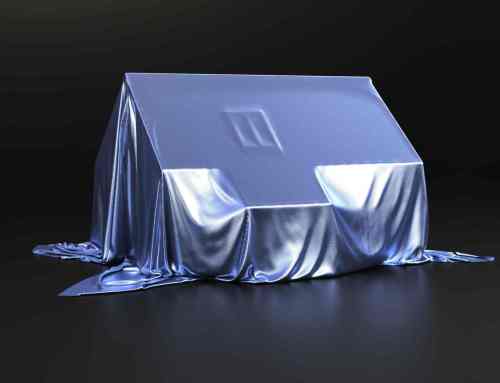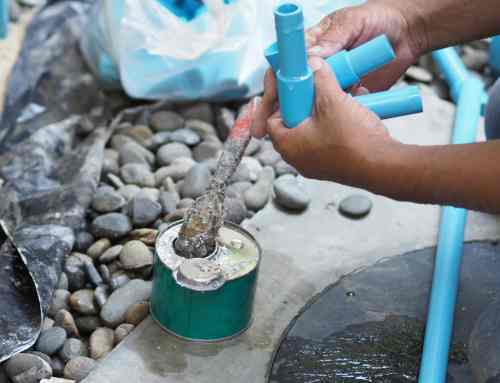Do You Want To Know The Truth About Spots And Stains?
You may have seen some of the commercials on television that show a bottle of spot remover that can quickly and easily remove stains from carpet and upholstery like magic. Red wine, ketchup, coffee, fruit punch, spaghetti sauce, grass stains and more are removed in seconds with no rubbing or scrubbing. Just spray, rub and blot!
If only it were that easy!
 The truth is that advertisers are not being completely honest with you; they are leaving out a few important details. The spots they are removing are usually on new carpet that is most likely olefin or polyester – two fibers that are difficult to stain. The stains are fresh and have not penetrated into the fibers. They choose spots that are easily removed by the specific chemistry of their spotter. If they used the same technique with a dried mustard spot in a traffic area on a three year old nylon carpet (the most common carpet fiber in use today), the results would be very different indeed.
The truth is that advertisers are not being completely honest with you; they are leaving out a few important details. The spots they are removing are usually on new carpet that is most likely olefin or polyester – two fibers that are difficult to stain. The stains are fresh and have not penetrated into the fibers. They choose spots that are easily removed by the specific chemistry of their spotter. If they used the same technique with a dried mustard spot in a traffic area on a three year old nylon carpet (the most common carpet fiber in use today), the results would be very different indeed.
With carpets, the ease or difficulty of spot and stain removal will vary depending on fiber type, age and condition of the carpet, age of the spot, exposure to heat and sunlight, the type of stain, and even the cleaning agents and methods previously used on the carpet.
The first step is to identify the spot. Sometimes you can’t be sure what it is, so with unknown spots, we play “detective”. Using clues like the color, location, texture, odor and shape we figure out what it might be. The next step is to categorize the spot to tell us what kind
of professional spot remover to use.
There are four categories of spot removers:
Category 1-Water-soluble
Water-soluble spots respond to water-based solutions. There are several spotting agents that fit into this category. Each works in a different way. Acid spotters work best on alkaline soils. Alkaline spotters work on common acid-based soils. Enzymes break down protein spots from things like blood, milk, eggs and grass.
Category 2-Solvent-soluble
Solvent-soluble spots are best treated with solvent-based spotters. This category includes tar, petroleum grease, lipstick, ink, dried paint, gum and adhesives. Using water-based spotters on some of these spots can actually spread them or make it more difficult to remove.
Category 3-Insoluble spots
Insoluble spots include substances that cannot be dissolved with water- or solvent-based spotters. Some examples are graphite, carbon, fireplace ash
and powdered copier toner. Removal of these sources is challenging, and requires patience, experience and a combination of techniques.
Category 4-Specialty treatments
Specialty treatments usually involve strong acids, oxidizers, reducing agents and other specialized chemical reactions. Rust, food dyes, urine stains, mustard and other difficult spots fall into this category. Most of the spots in this category will leave a permanent stain,and are very difficult to remove completely.
First Things First
Before applying any spotting agent you must determine the fiber type you are dealing with. It is important to be sure that the spotting agents and cleaning method will not harm the fiber. This is especially true on upholstery, which often contains a blend of different types of fibers. Even some carpet fibers can be damaged by using improper spotting agents.
Once you have selected the correct spotter and qualified the fiber content, spot removal should follow 5 basic steps:
- Remove excess material.
- Apply the appropriate spotter.
- Agitate gently.
- Rinse (where appropriate).
- Blot with a clean white towel.
Any remaining discoloration after the spot removal is a stain, and will require more expertise and specialized methods.
Contact Clean Pro Cleaning & Restoration today for more tips, help or to schedule your next appointment







